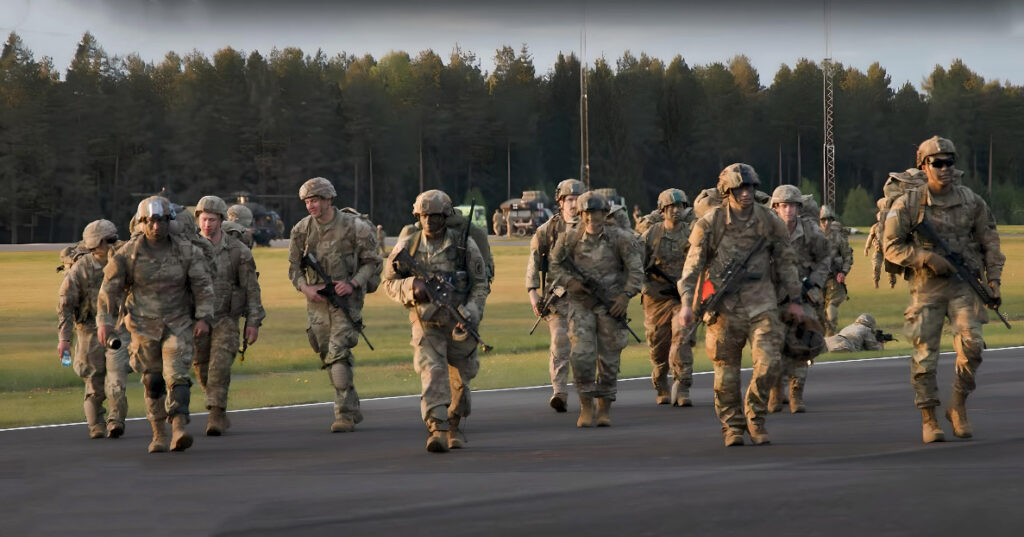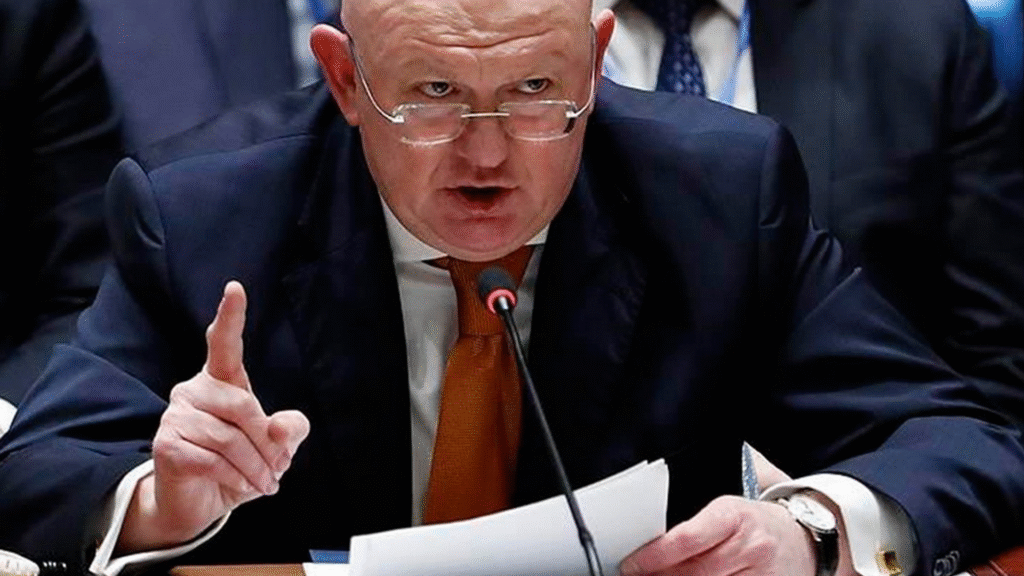In an age marked by geopolitical flux and rising authoritarianism, NATO is more than a Cold War relic—it’s the strategic bedrock of the transatlantic partnership. As debates simmer in Washington and whispers of doubt echo through European capitals, it’s time to refocus on why this alliance remains not just relevant, but indispensable.
The North Atlantic Treaty Organization, formed in 1949, has evolved far beyond its original mission of deterring Soviet aggression. It now anchors a vast network of democratic nations committed to collective defense, economic cooperation, and strategic foresight. With 32 member countries and a reach that extends from the Arctic to the Mediterranean, NATO today operates as both shield and signal: a shield against emerging threats and a signal of enduring democratic unity.
For the United States, NATO is not charity—it’s smart strategy. The alliance projects American influence without unilateral action, enabling the U.S. to share the burden of global security with capable, invested partners. Nearly a quarter of all U.S. trade flows through Europe, generating millions of jobs and supporting industries from tech to agriculture. NATO ensures that this economic engine runs smoothly by deterring disruptions—military or otherwise—on the continent.
Critics who frame NATO as an outdated expense miss the reality: it’s a bargain. The alliance’s budget is a fraction of U.S. defense spending, yet it provides an outsized return in terms of stability, deterrence, and diplomatic leverage. Moreover, European allies are stepping up: more than 20 members are on track to hit the 2% defense spending target, showing that burden-sharing is no longer an aspiration, but a trend.
For Europe, NATO is not just about protection; it’s about presence. The U.S. military footprint across the continent—over 80,000 troops—reinforces the commitment to peace, but also serves as a launchpad for rapid response in crisis zones worldwide. Joint drills in the Baltics and Balkans, intelligence sharing on cyber threats, and coordinated action in the Arctic and Middle East all underscore NATO’s 21st-century role: agile, adaptive, and alert.
At a time when Russia continues to destabilize eastern Europe and China tests the boundaries of international norms, NATO stands as a strategic constant. Dismantling or sidelining it would not make America stronger or Europe safer—it would fracture the only global alliance rooted in shared values and mutual defense.
The road ahead is uncertain. From AI-driven warfare to climate-induced conflict zones, the challenges of tomorrow demand cooperation today. NATO offers that framework: a living alliance with the tools, trust, and track record to keep the democratic world secure.
In the end, NATO isn’t just a military pact—it’s the architecture of resilience in a fragmented world. For both sides of the Atlantic, it remains a critical guarantor of security, sovereignty, and shared purpose.



